|
| |
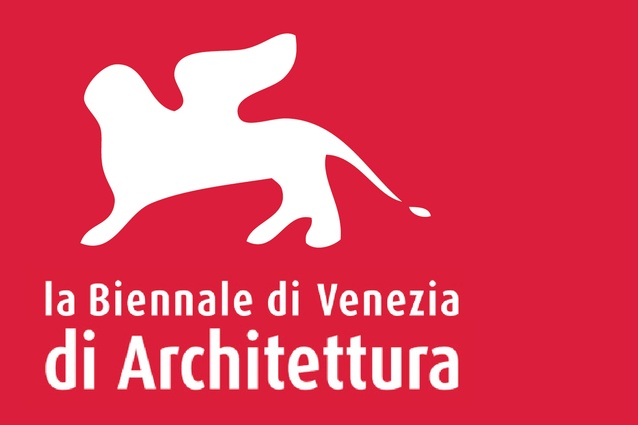

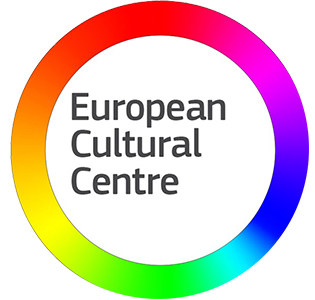
2020-05-21 VENICE
BIENNALE PALAZZO
BEMBO European
Cultural Center,
Globl Arts
Foundation,
Participation.
New York Institute
of Technology,
School of
Architecture and
Design
Dean: Maria R.
Perbellini
Curators: Marcella
Del Signore, Pablo
Lorenzo-Eiroa
Dean Maria
Perbellini, Assistant Professor
Marcella Del Signore
and Associate
Professor Pablo
Lorenzo-Eiroa will
be participating of
the group exhibition
and installation
Space, Time
Existance as
curators with
students and faculty
of the New York
Institute of
Technology at
Palazzo Bembo,
Venice, Italy.
Exhibition Opening
May 21 2020. and
August 29 2020.
Exhibition Credits:
Associate Professor
Marcella Del Signore
and Visiting
Professor Sergio
Elizondo Thesis
Studio with NYIT
SoAD Thesis
Students: Bersibeth
Pfel, Chenfei Cao,
Stefan Eitnier,
Harold Ramirez,
Jairo Aguilar, Jimi
Adeseun, Robert
Nafie, Devora
Schwartz, Zhuan
Liang.
Installation
Credits:
Pablo
Lorenzo-Eiroa Thesis
Studio: Benjamin
Sather, Brianna
Lopez, Ari Begun,
Andres Carcamo,
Isahiah Miller,
Alexandra
Pannichella, Karian
Pena, Oluwayemi
Oyewole, Peter
Leonardi. Prof
Lorenzo Eiroa
students will
develop aplying
computational design
to 3d printing an
inmersive
interactive
installation.
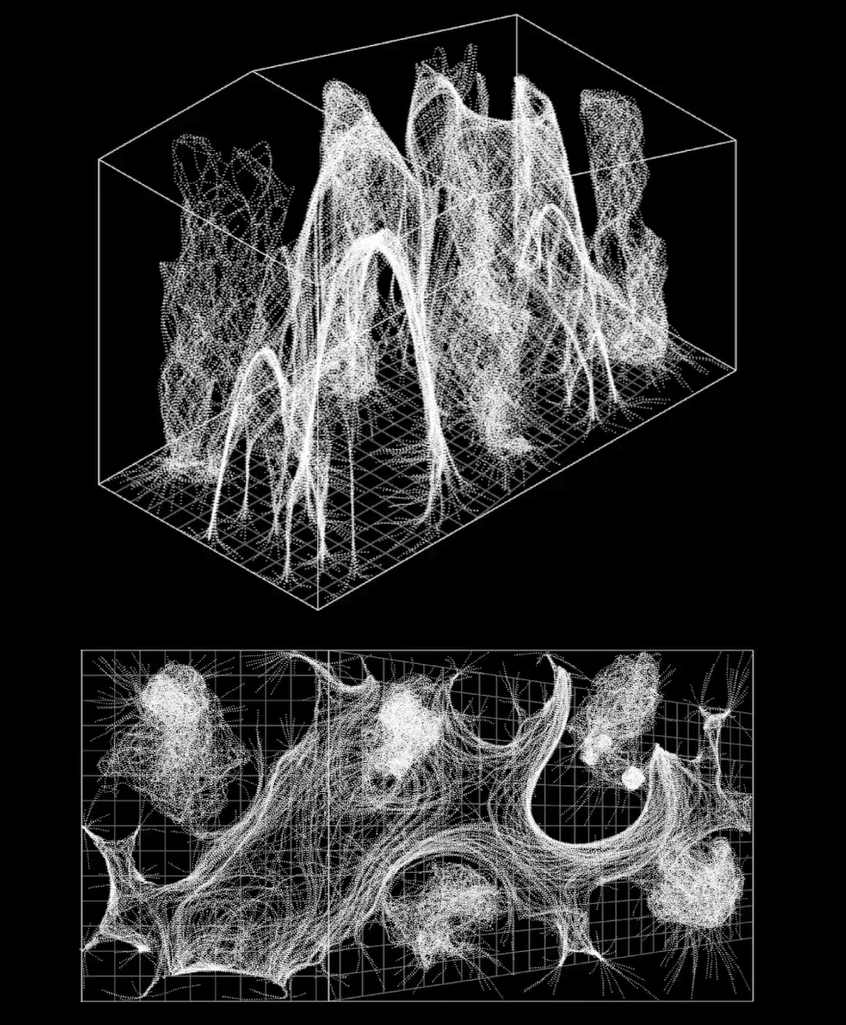
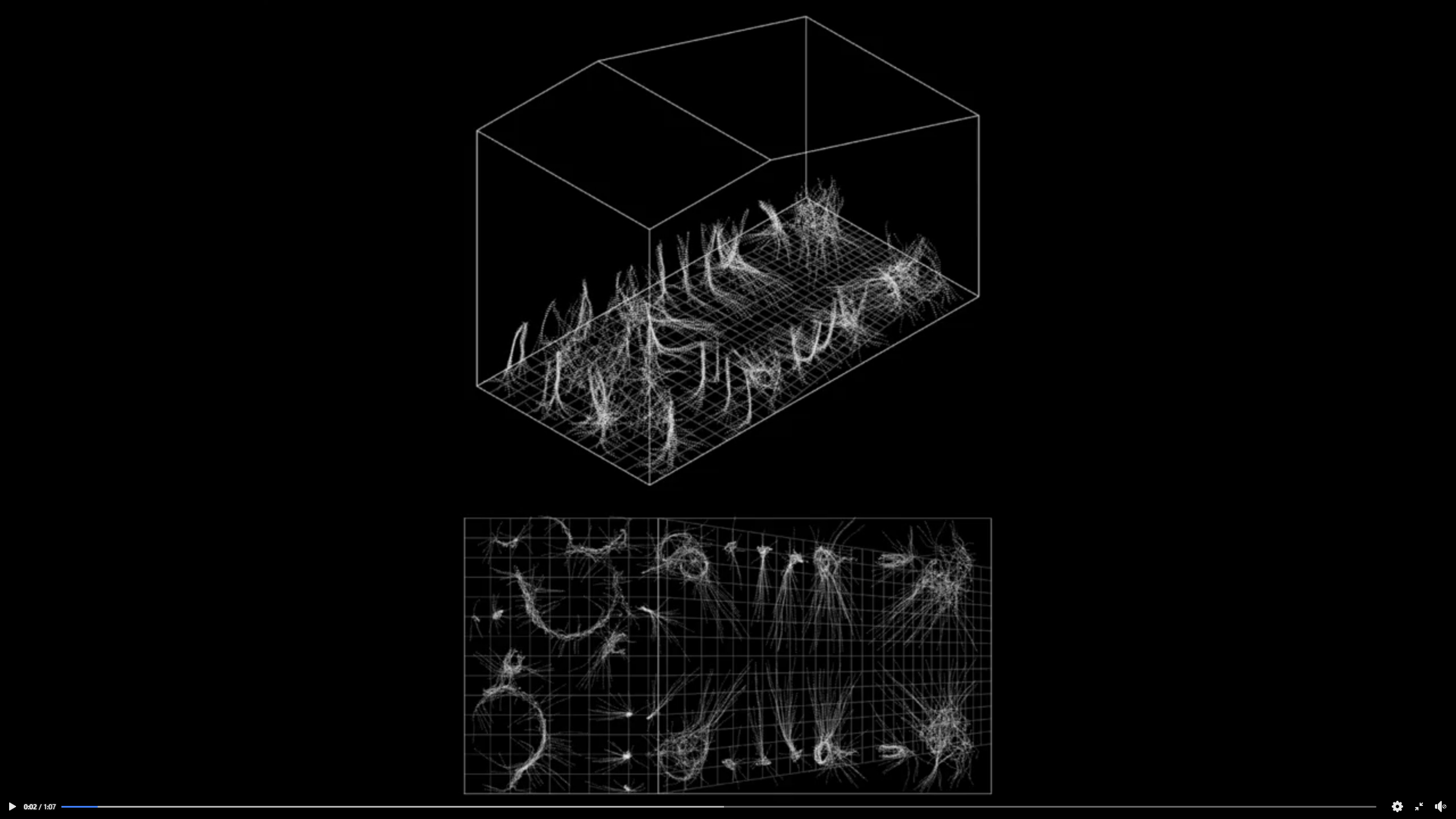
INFORMED INTERSCALAR
FLUIDITY
The exhibition and
installation
“INFORMED
INTERSCALAR
FLUIDITY” developed
by Thesis students
at the New York
Institute of
Technology, School
of Architecture &
Design lead by Dean
Maria R. Perbellini,
consists of an
exhibition curated
by Associate
Professor Marcella
Del Signore and a
site-specific
installation curated
by Associate
Professor Pablo
Lorenzo-Eiroa.
Informed Interscalar
Fluidity at “TIME -
SPACE – EXISTENCE”
expands
computational
thinking across
disciplines and
scales.
The Thesis Design
Studios developed
interscalar fluid
design processes,
from the material to
the building to the
urban scale. A
series of research
topics, including
computation,
material
intelligence,
responsive systems,
digital fabrication,
and assembly, were
offered as an
extended field of
investigation to
explore the design
continuum from the
material scale to
larger design
scenarios. In the
exhibition
component, students
developed their
research agenda
working across a
range of scales and
systems; in the
installation,
students generated
the spatial
framework where the
exhibition takes
place in the form of
an interactive
space-environment
installation working
through its
design/fabrication/
assembly at
full-scale.
The exhibition
includes a series of
explorations that
engage the notion of
interscalarity and
systems as dynamic
territories to
reveal latent
relationships
through mapping,
diagramming, and
prototyping
processes.
Materials, spatial
systems,
architectural
constructs and
larger urban
territories are
investigated as
continuum matter to
establish a set of
parameters for
spatial, behavioral,
and performative
design strategies.
The installation
creates a critical
frame for the
exhibition work by
activating an
informed interscalar
fluidity within the
space-environment
dynamics of the
actual exhibition
space at Palazzo
Bembo. Several
issues were studied
by designing the
architecture of the
space through
multiple
computational
technologies by
surveying the space,
analyzing its
dynamic environment,
its potential
occupation, and
interactivity. From
a single vanishing
point, the
installation extends
indefinitely through
a linear
illusionistic
perspective
projecting its space
virtually towards
infinity thanks to
an evolutive
generation-based
computational
environment designed
to last for six
months during the
Venice Biennale.
Structural
simulations and
optimizations of
different types that
frame and resolve
the space of the
installation making
ambiguous positive
and negative spaces
and architecture
signs; lighting
manipulation
recognizes crowd
interaction in
relation to the
rhythm proposed by
the
space-environment;
acoustic
interactivity
sensing and
distorting spatial
frequencies create a
site-specific
acoustic music; and
finally addressing
the ecological
environmental
dynamics of the
installation space
the project
regulates and
distorts its
humidity and
temperature,
integrating all
these issues in an
atmospheric
immersive
environment. The
installation is
designed using site
specific robotic
automated evolutive
computational
technologies, and is
built off-site and
on-site, activating
emergent material
forces in robotic 3d
printing
fabrication.
Exhibition Credits:
Associate Professor
Marcella Del Signore
and Visiting
Professor Sergio
Elizondo with NYIT
SoAD Thesis
Students: Bersibeth
Pfel, Chenfei Cao,
Stefan Eitnier,
Harold Ramirez,
Jairo Aguilar, Jimi
Adeseun, Robert
Nafie, Devora
Schwartz, Zhuan
Liang.
Installation
Credits: Associate
Professor Pablo
Lorenzo-Eiroa with
NYIT SoAD Thesis
Students: Benjamin
Sather, Brianna
Lopez, Andres
Carcamo, Alexandra
Panichella, Isaiah
Miller, Ari Begun,
Oluwayemi Oyewole,
Karina Pena, Peter
Leonardi.
Exhibition and
Installation are
supported by Dean
Maria R. Perbellini
and contribute to
the Dean’s
development of
progressive design
thinking and
cross-disciplinary
computational
technologies.
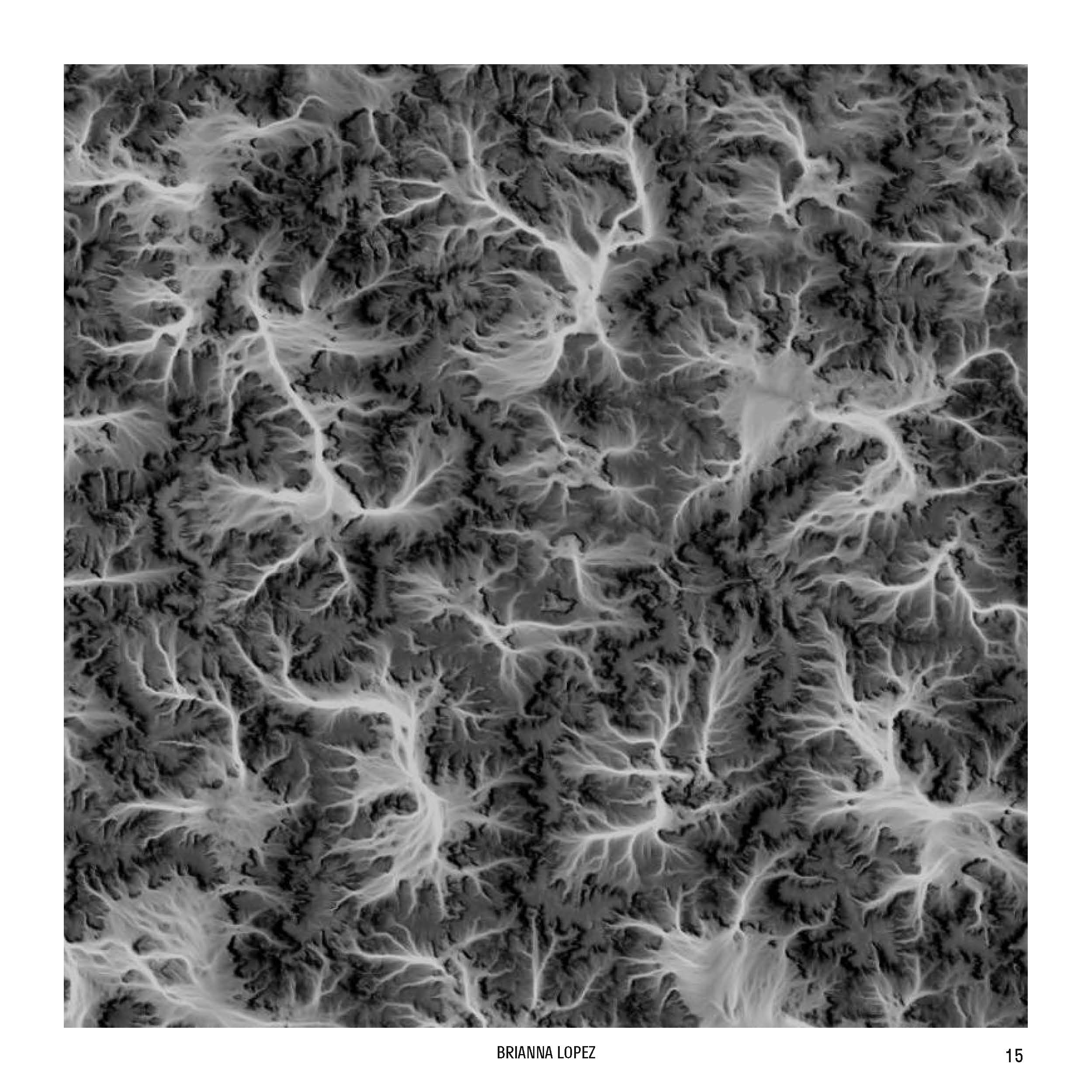
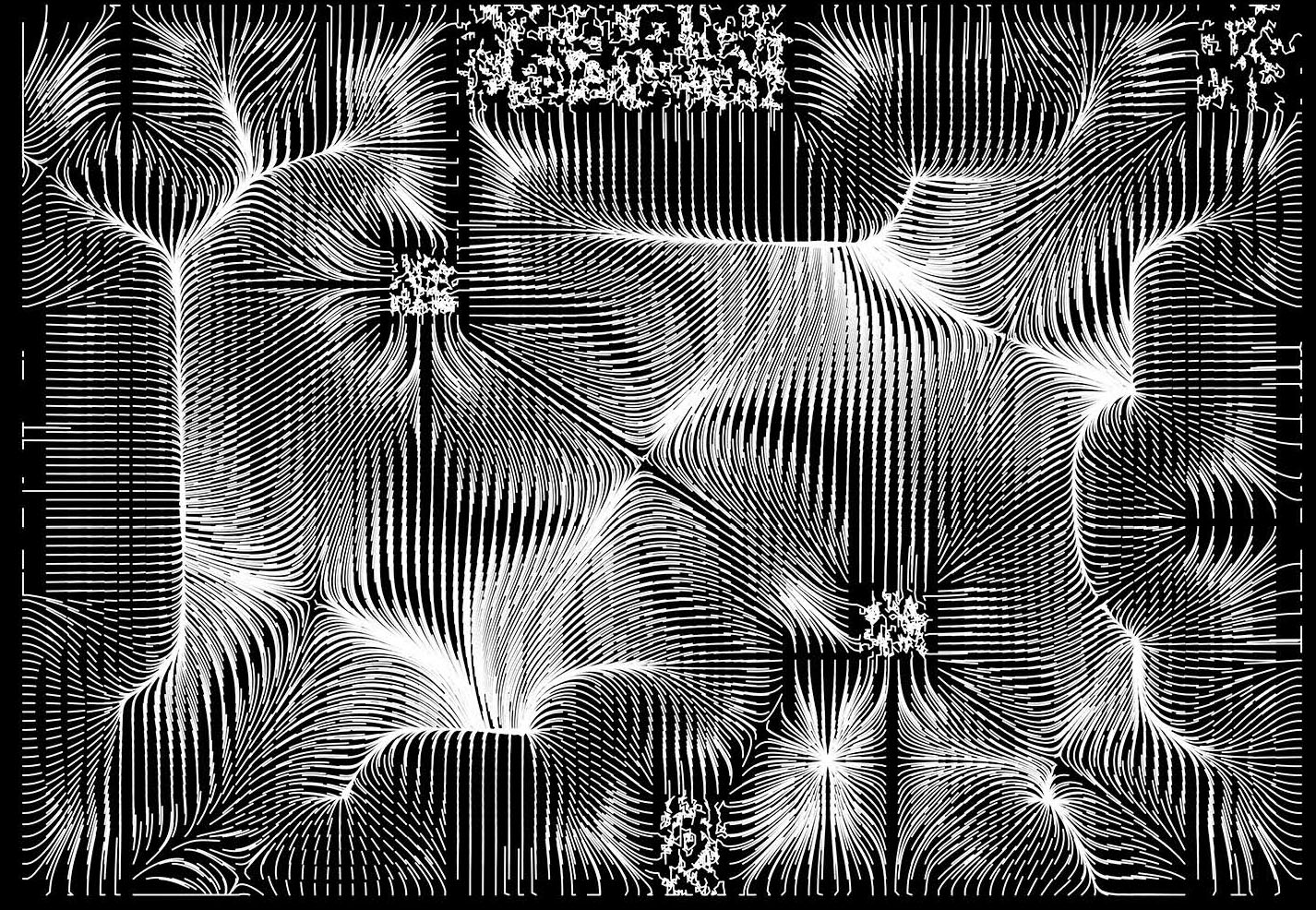
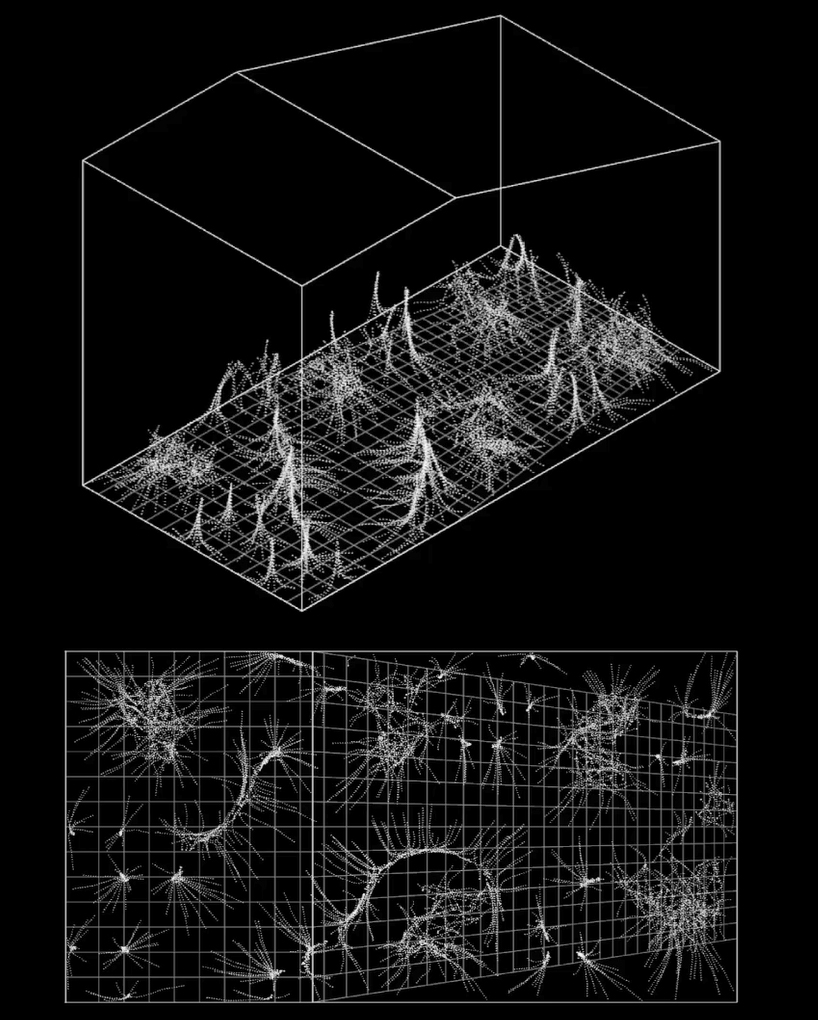
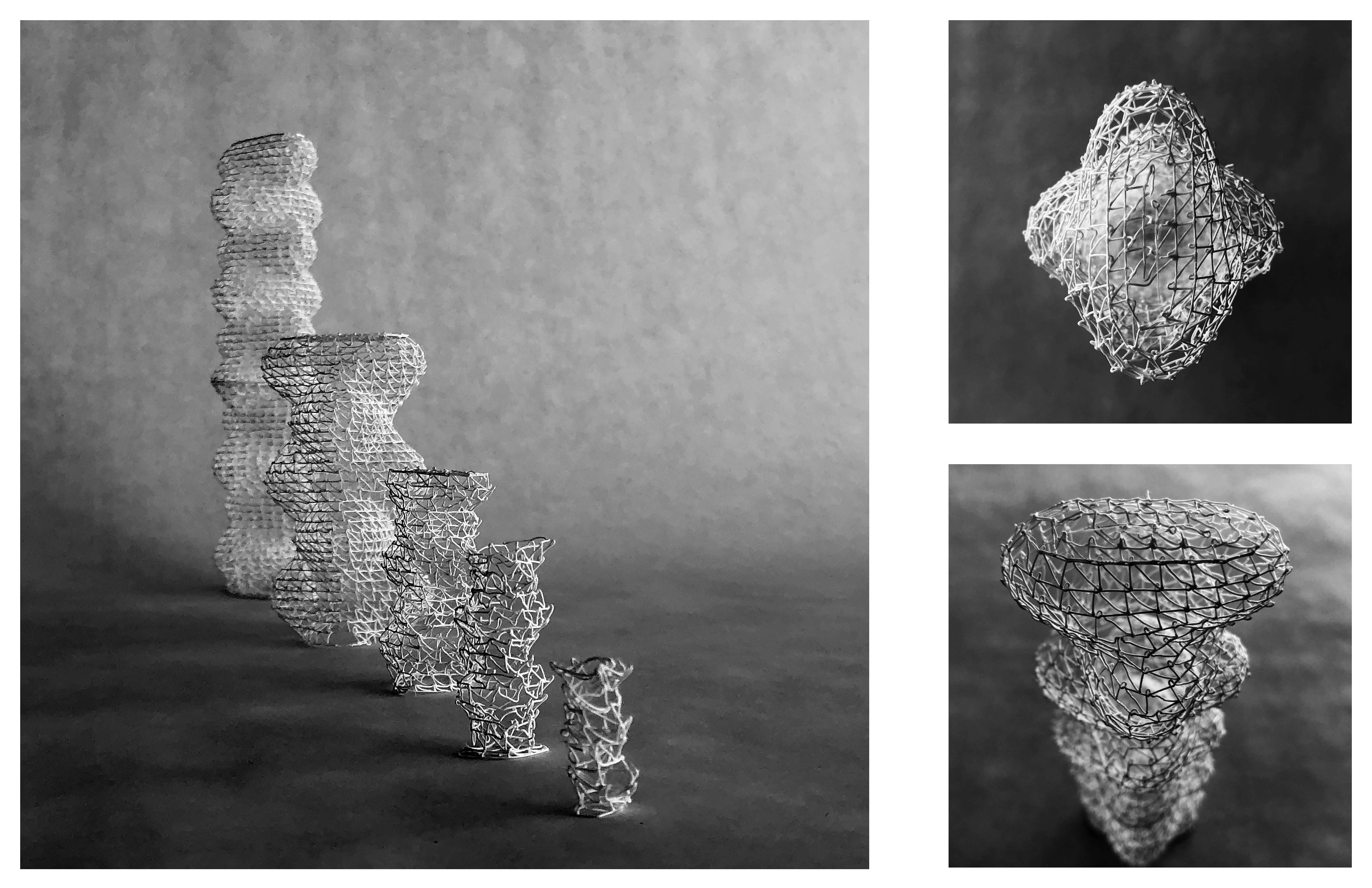
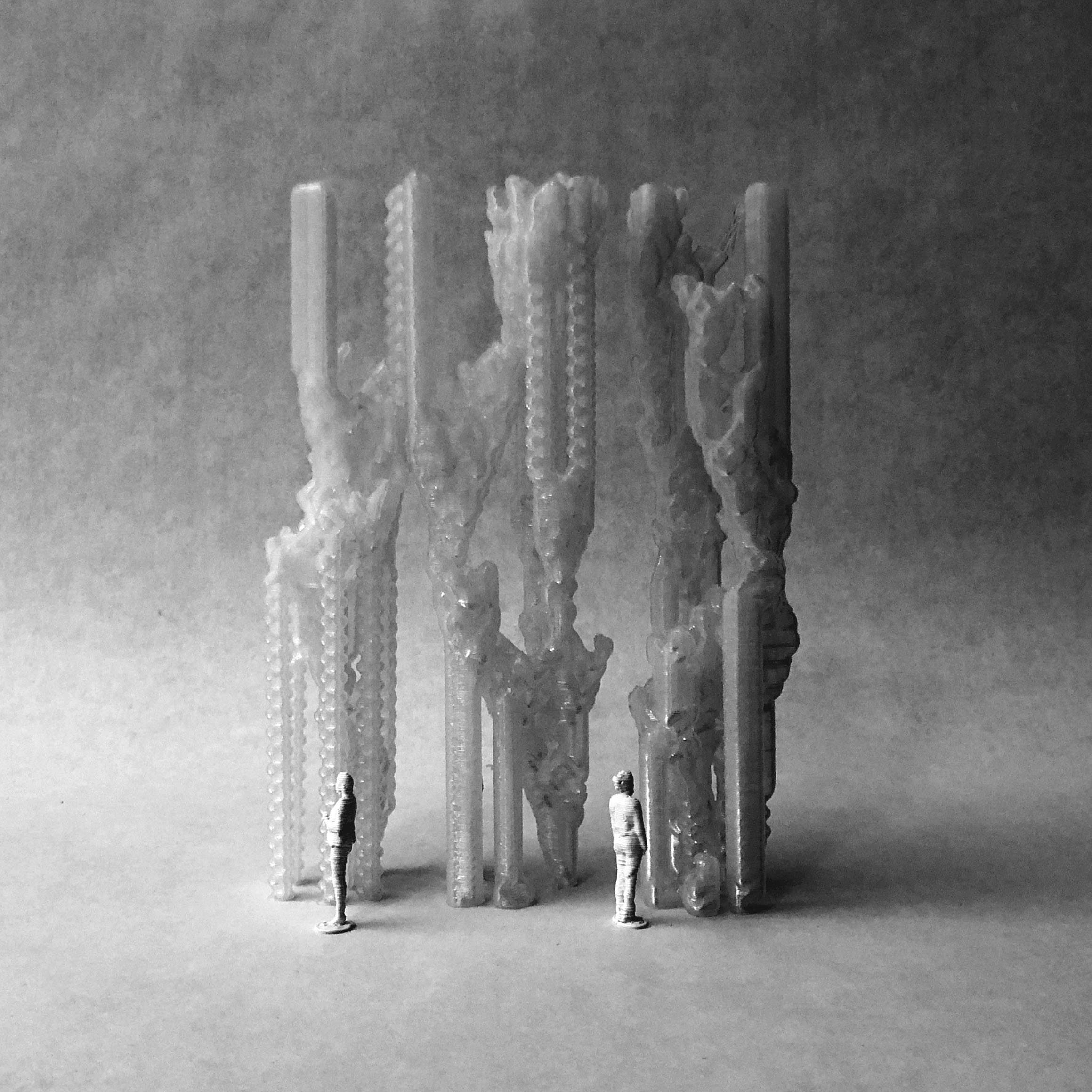
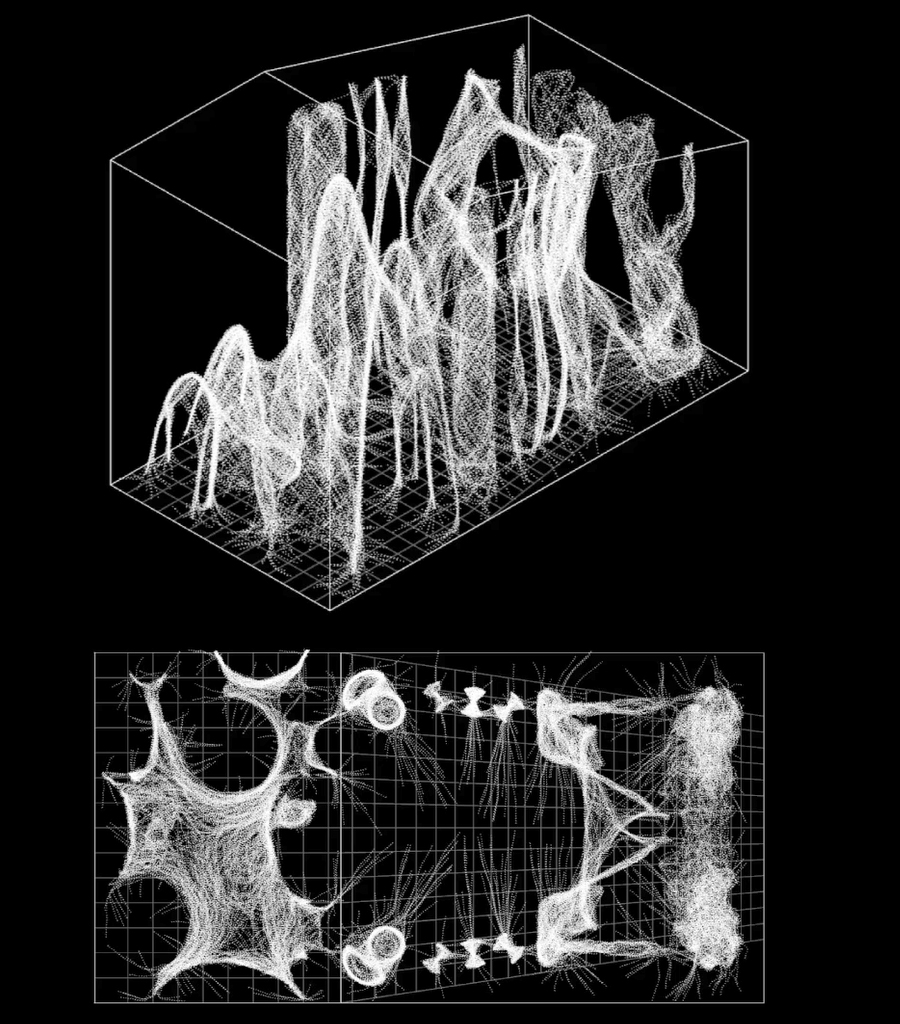
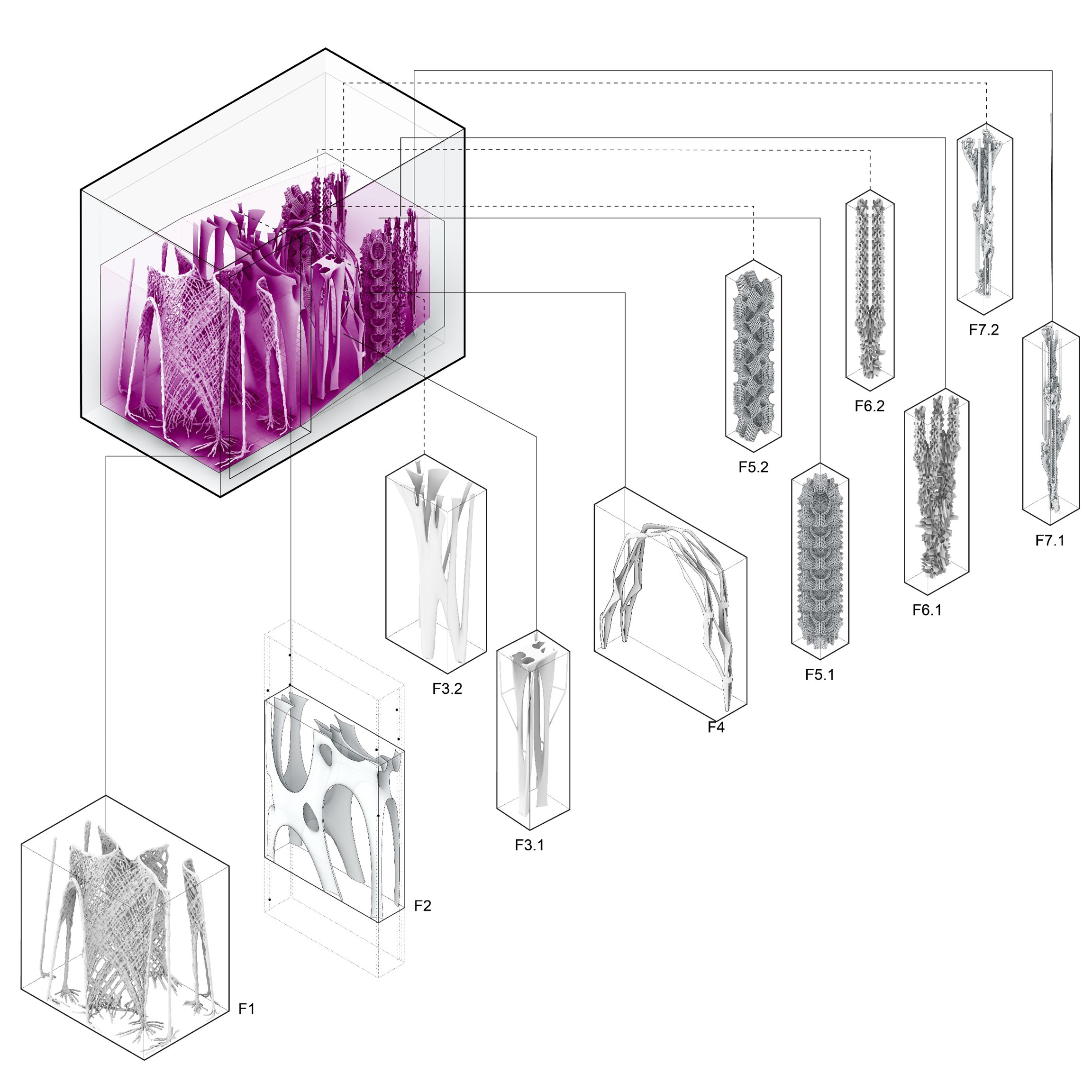
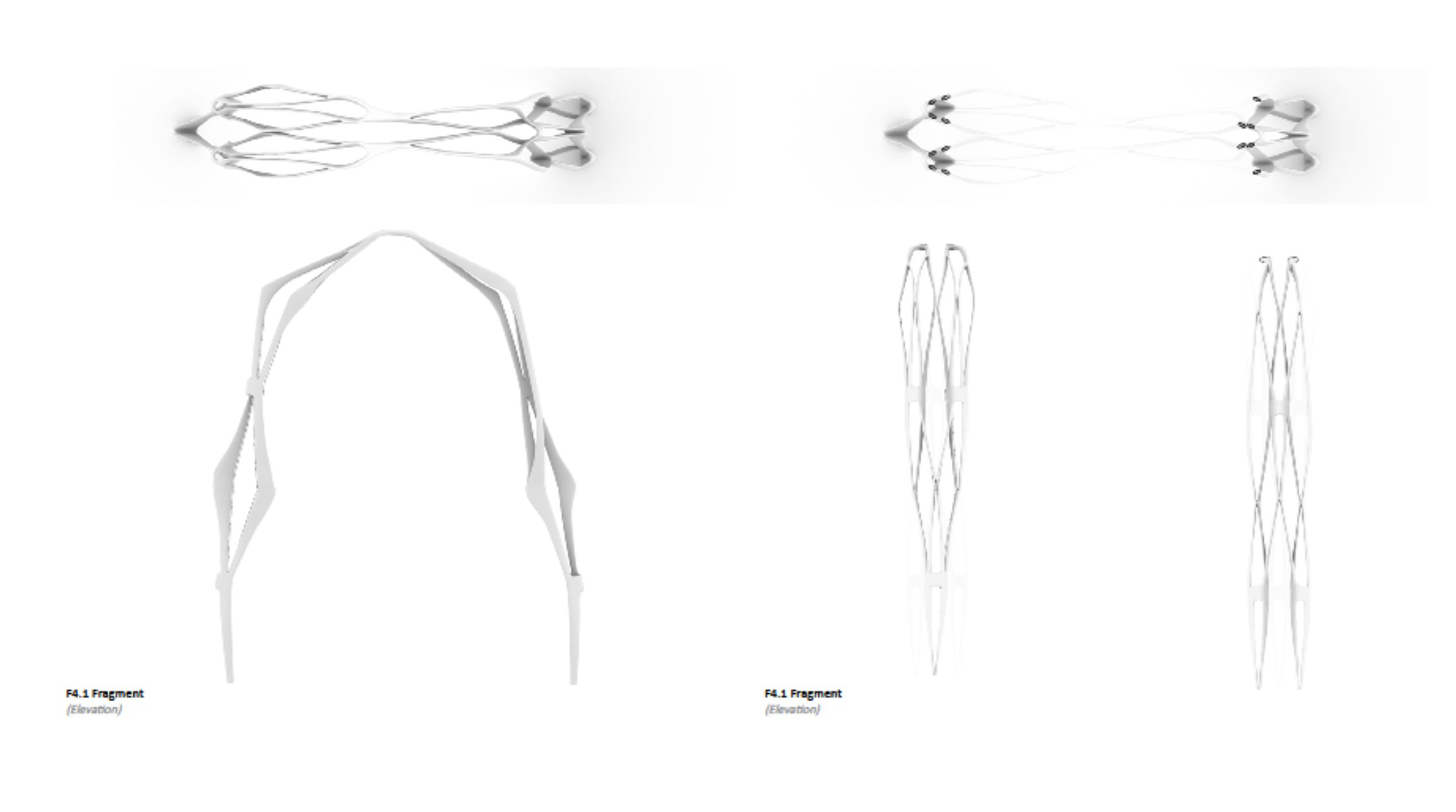
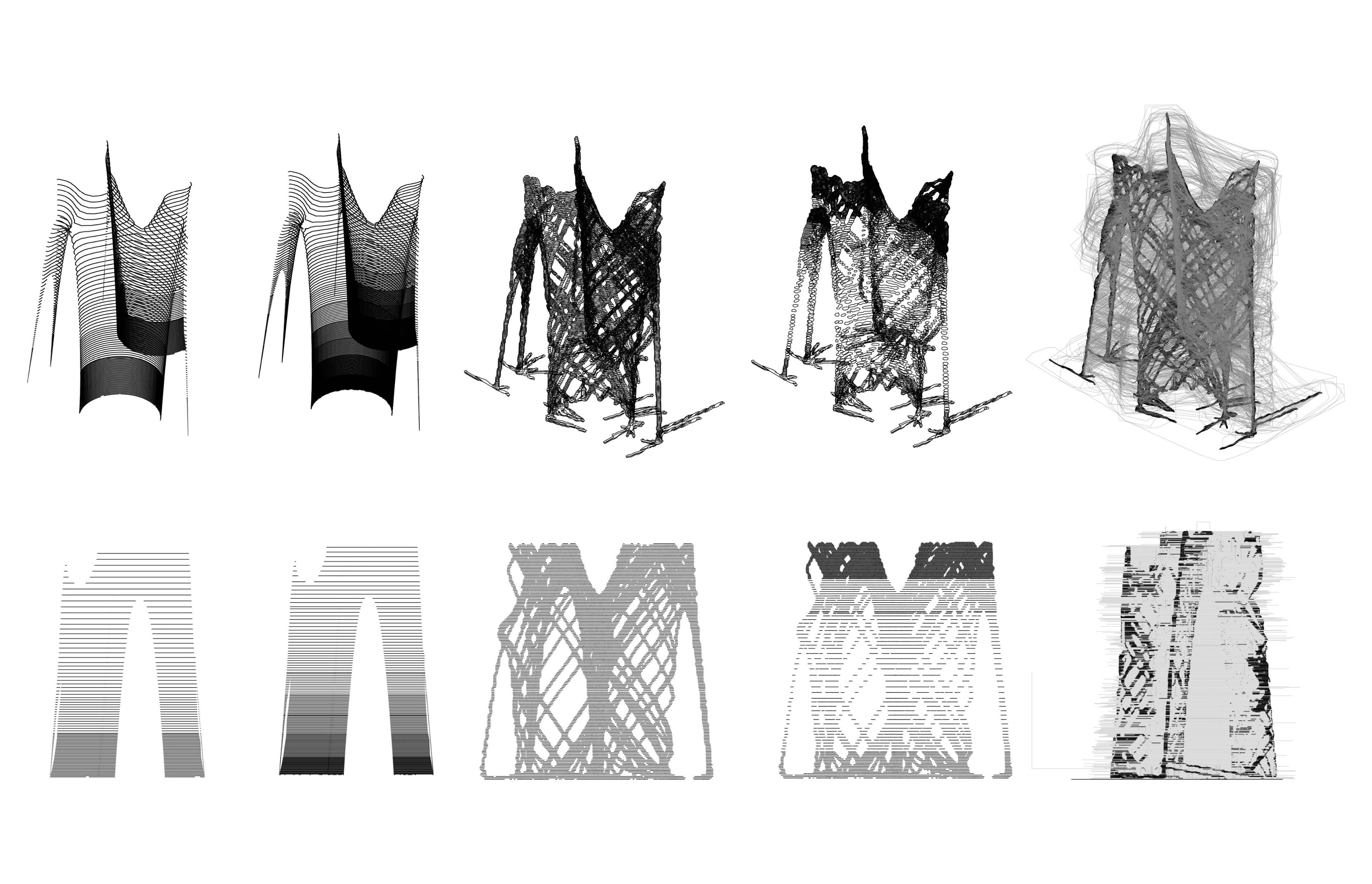
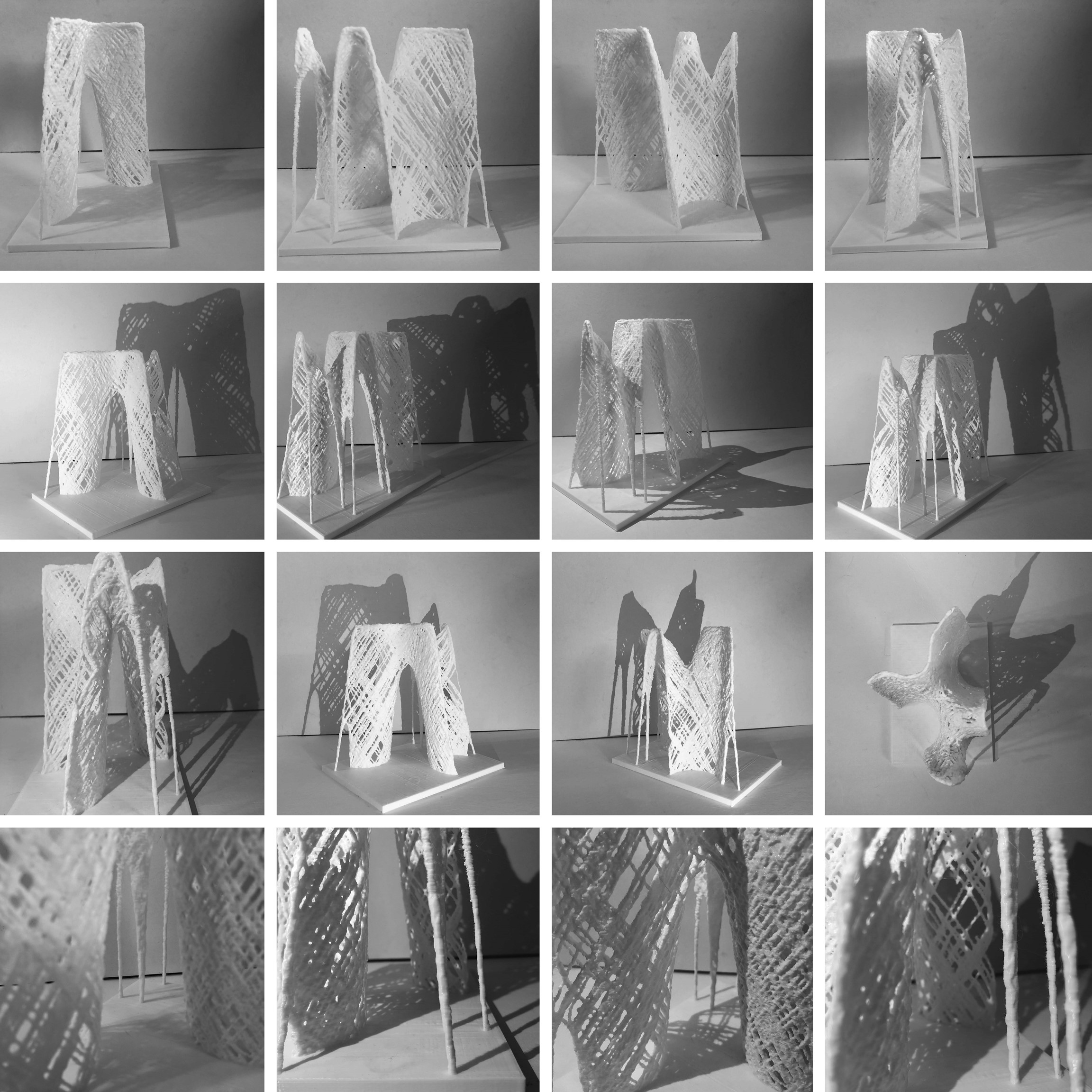
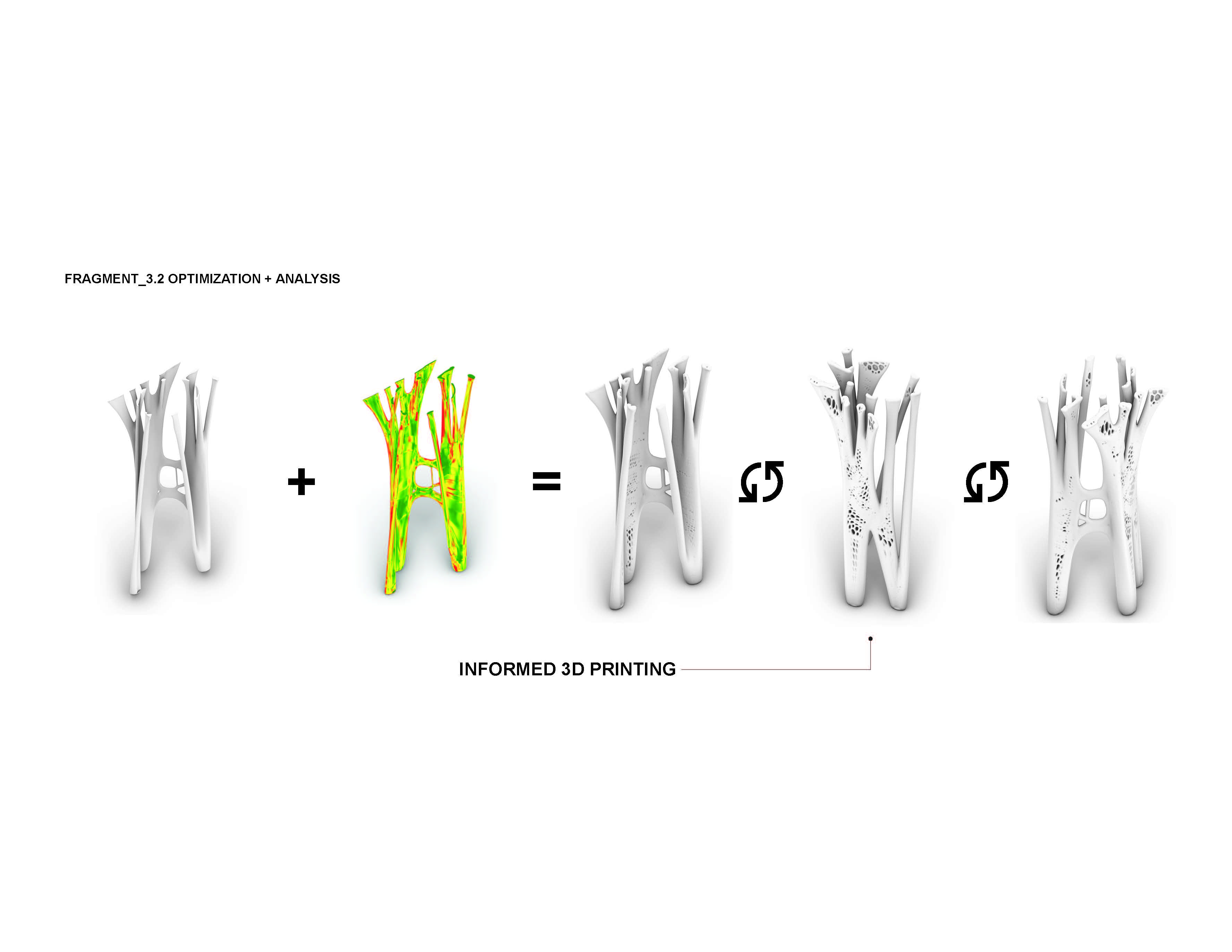
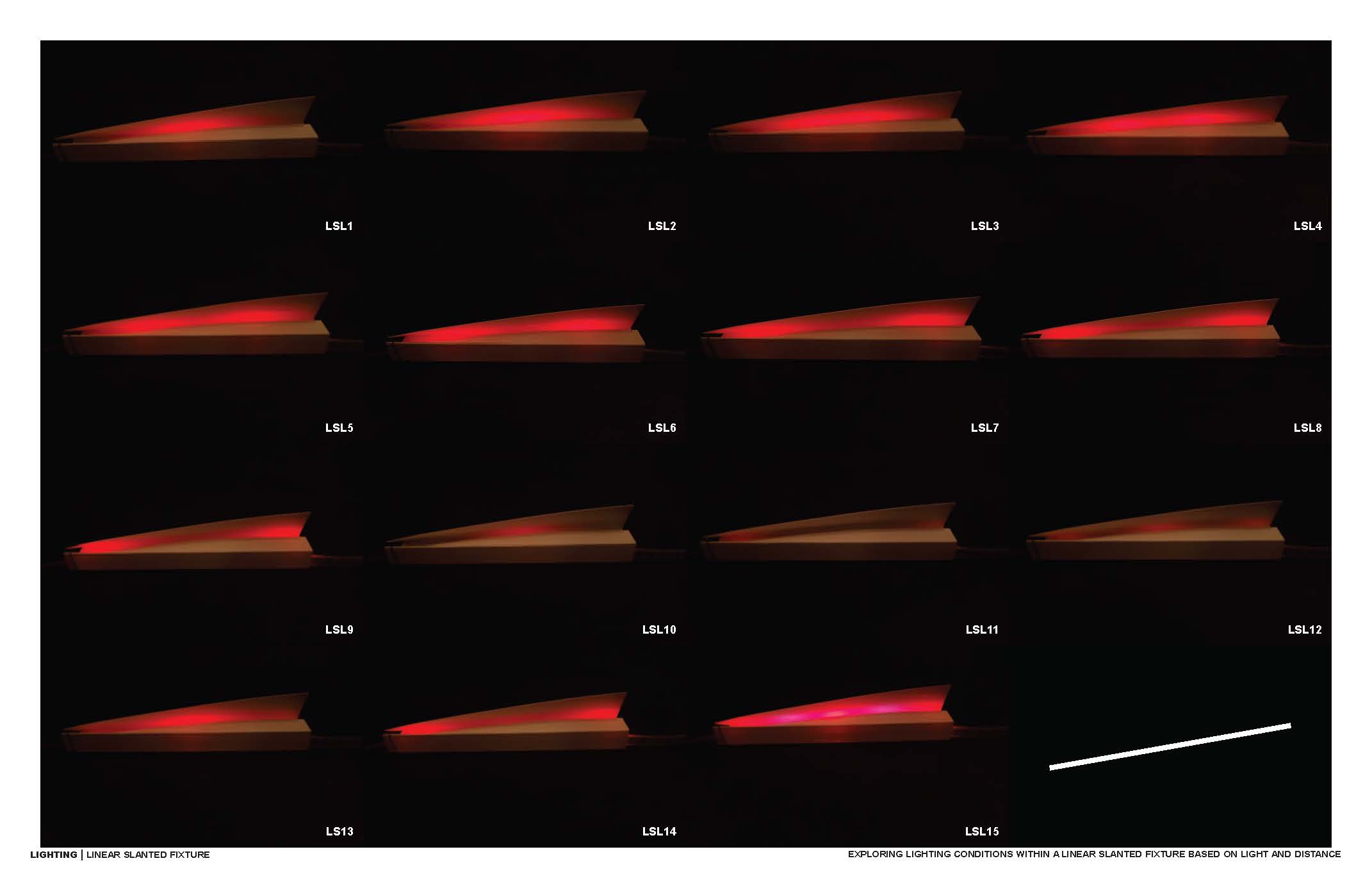
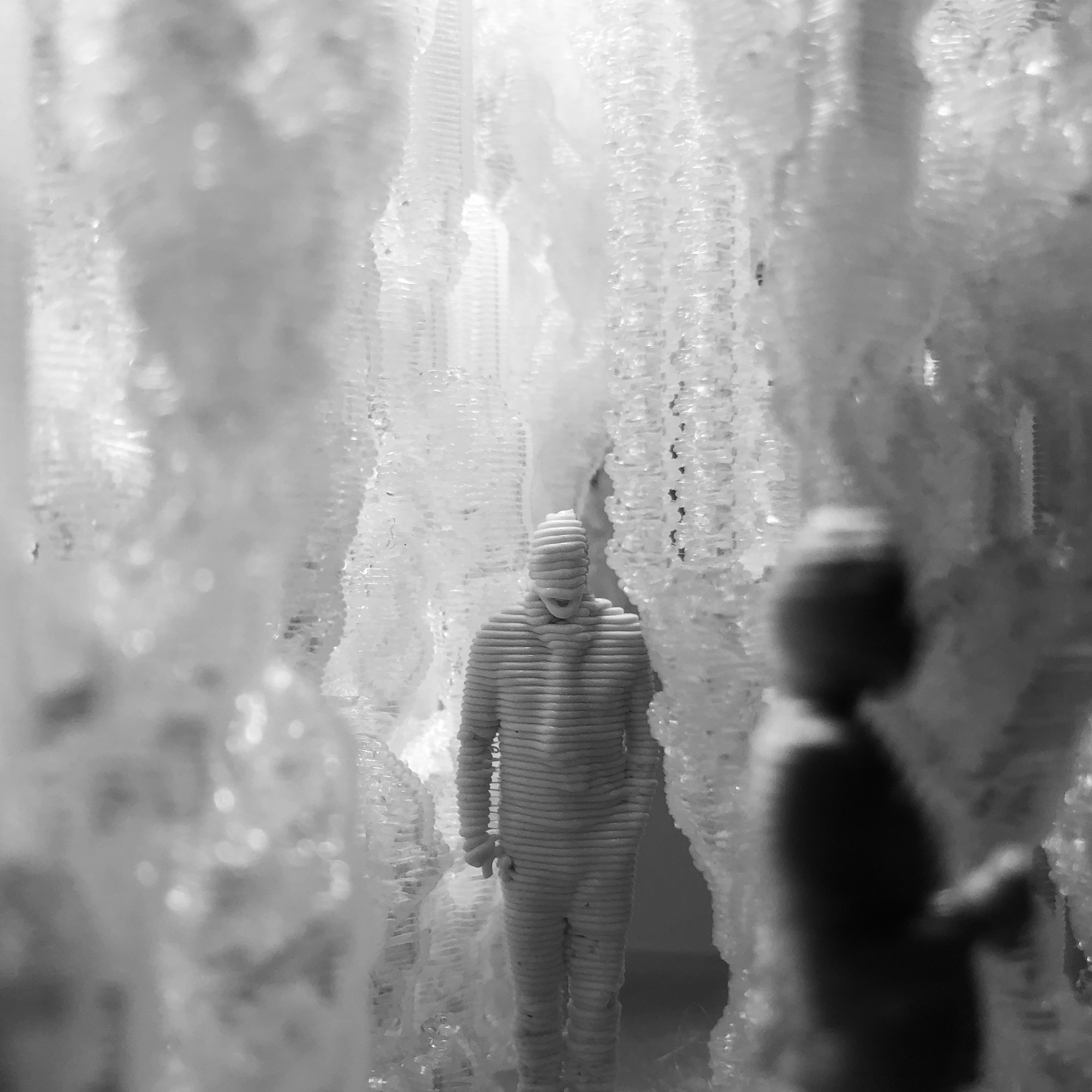
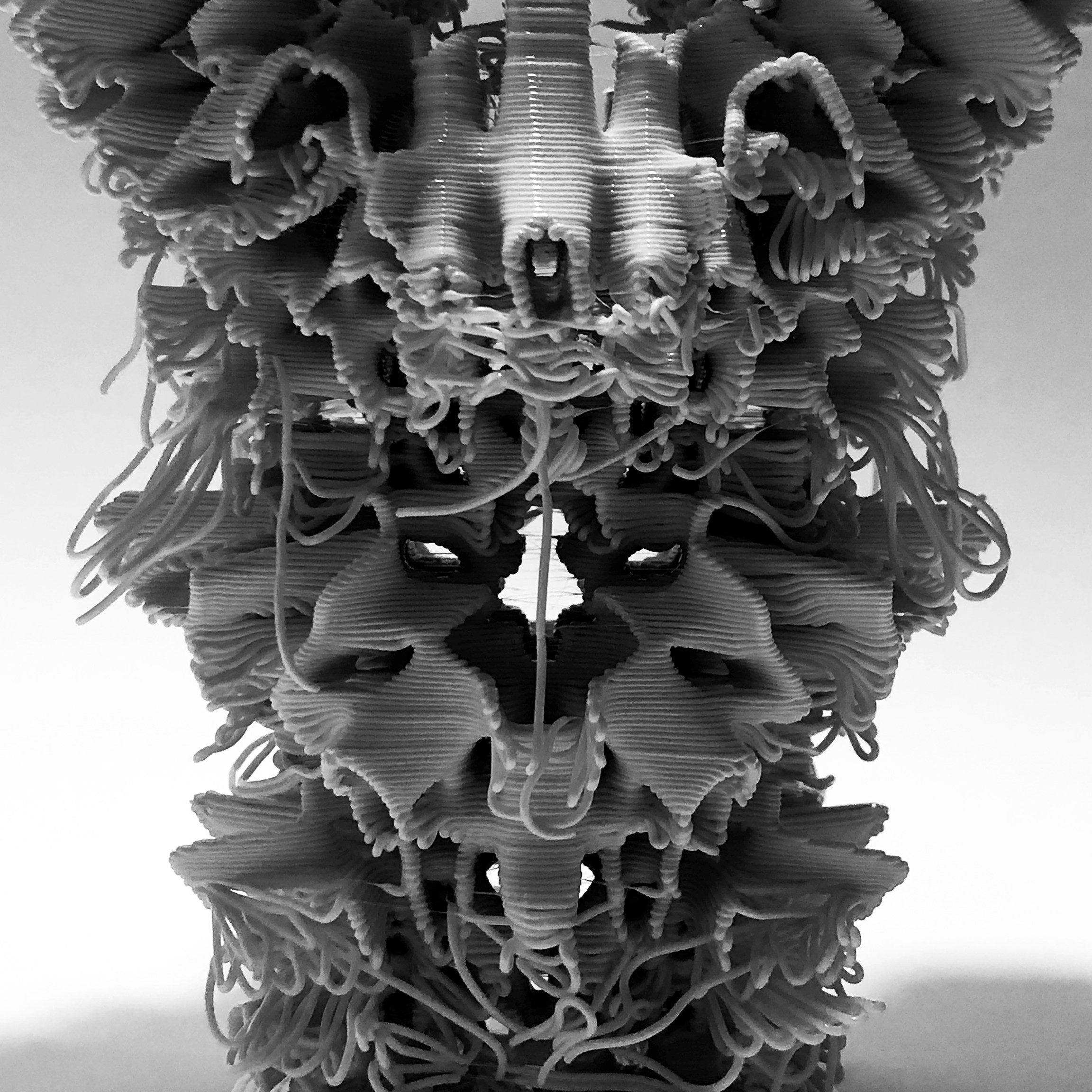
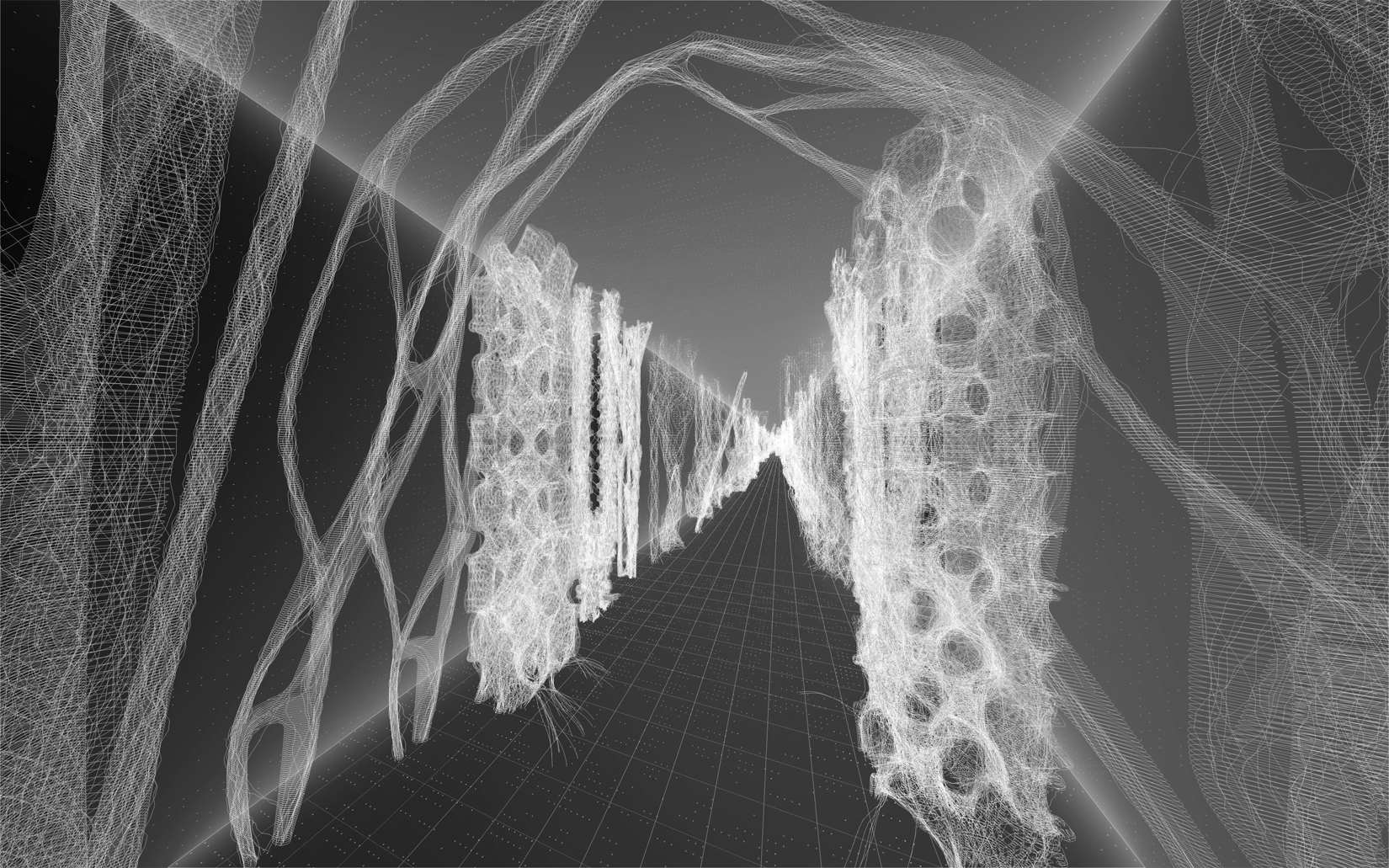
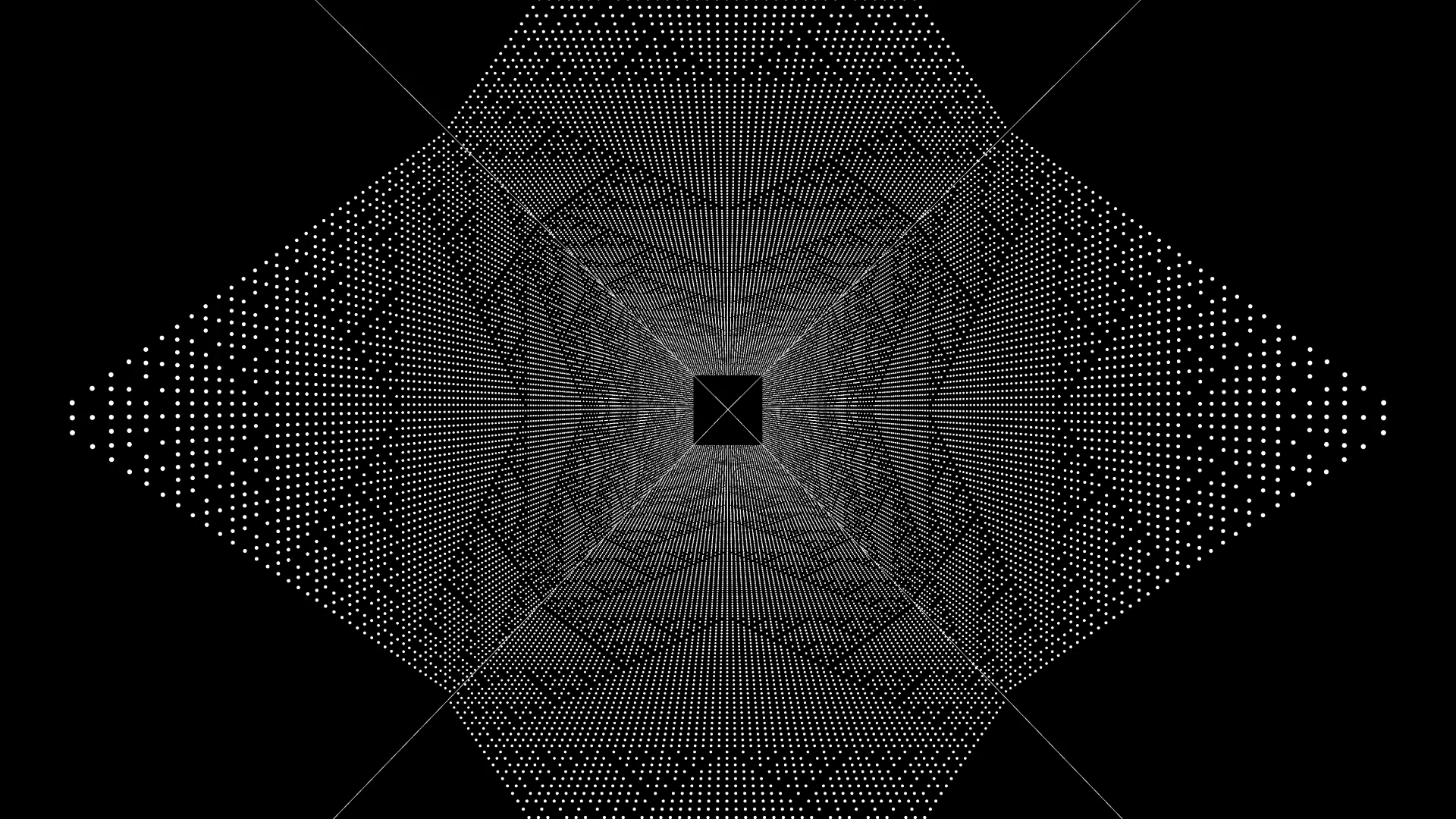
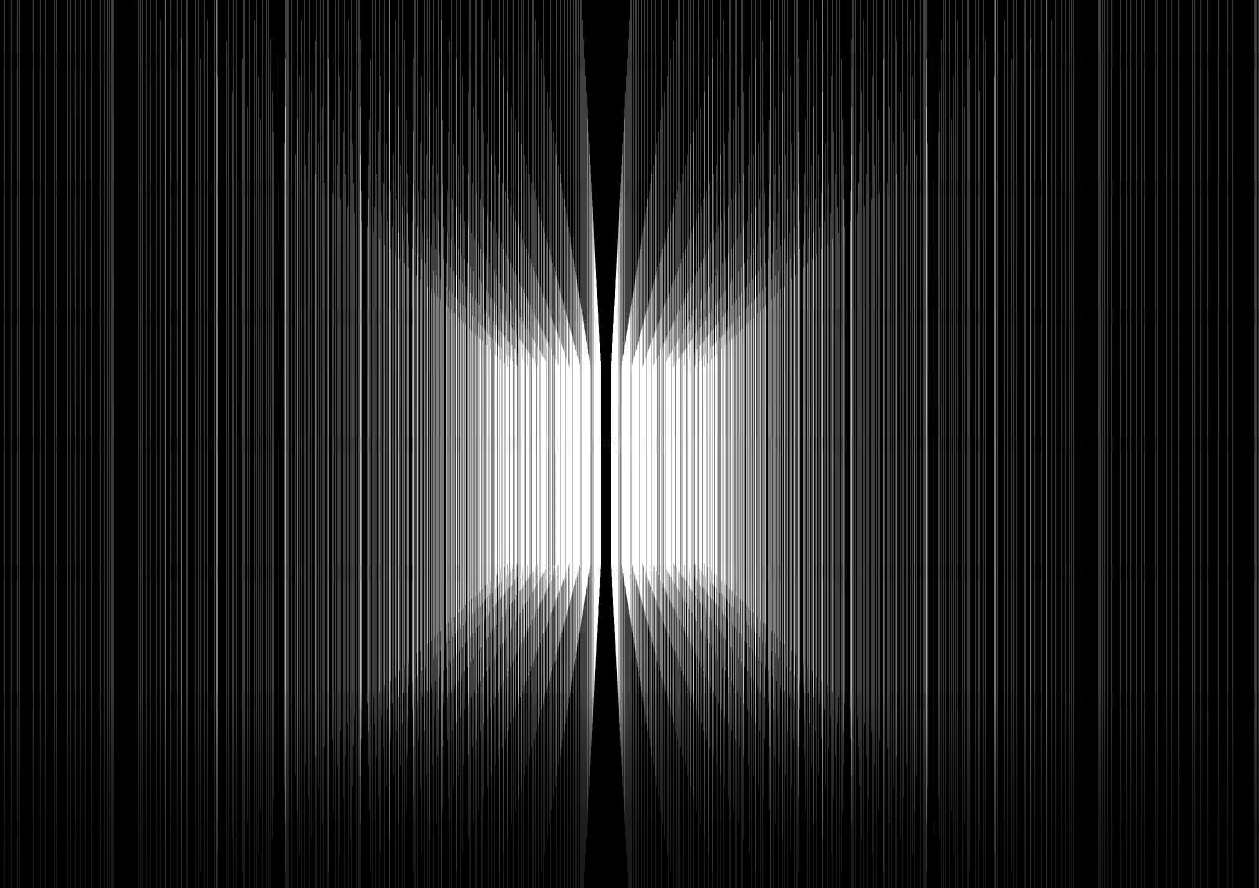
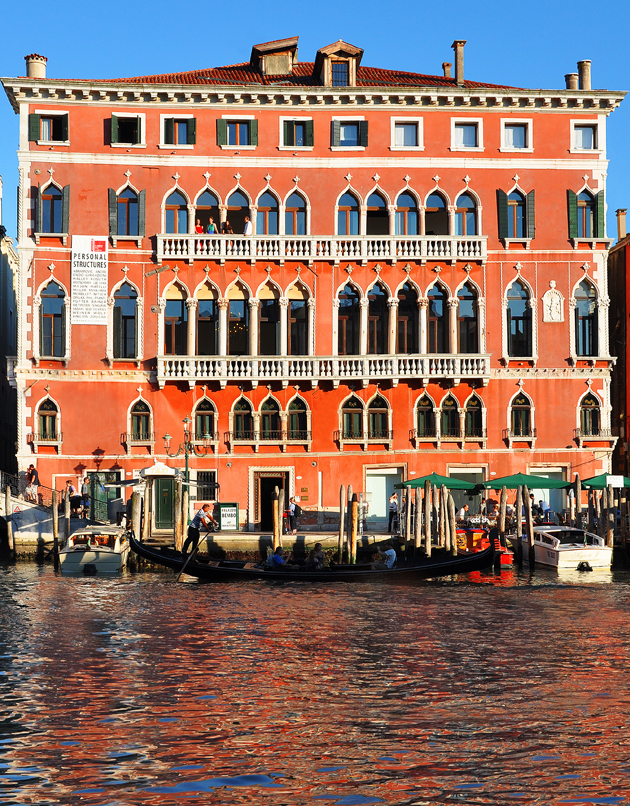 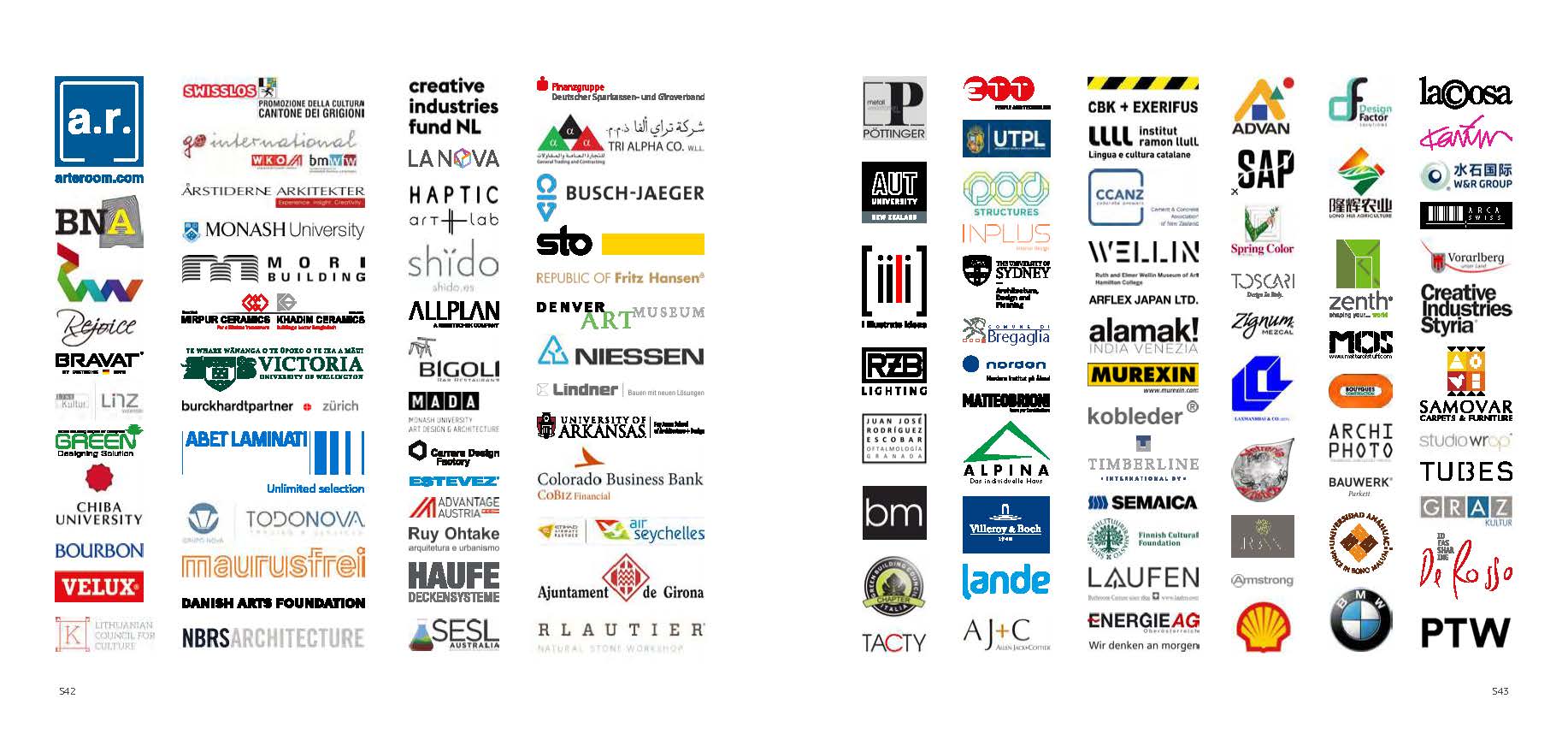
|